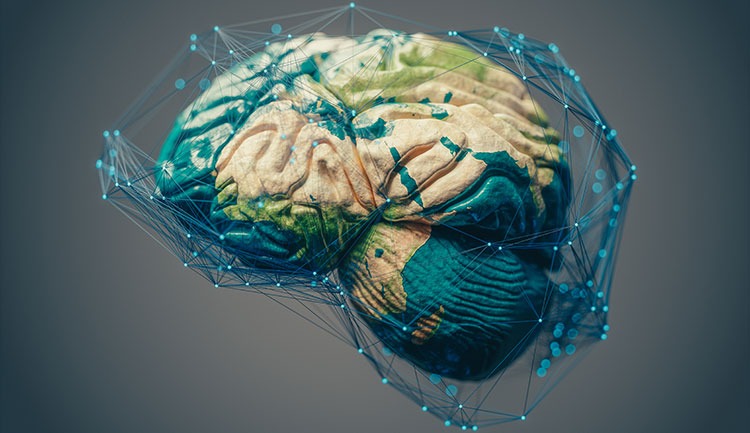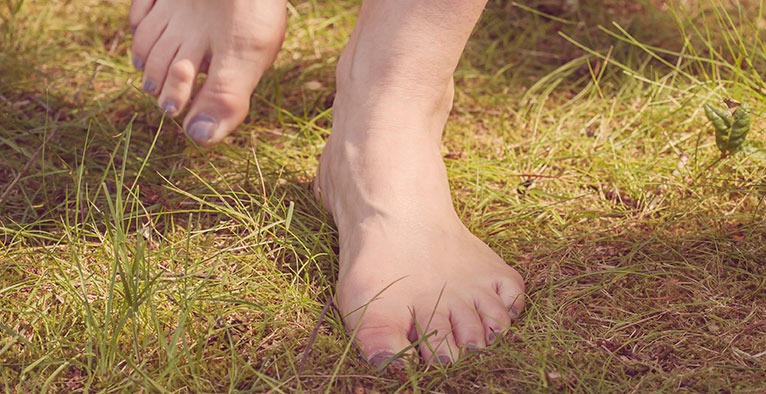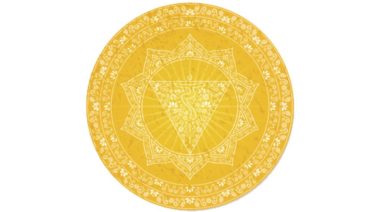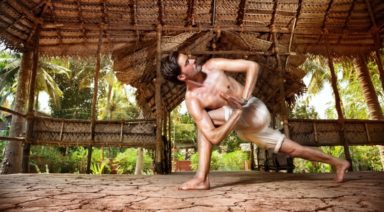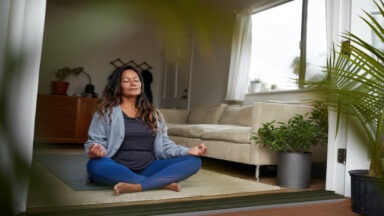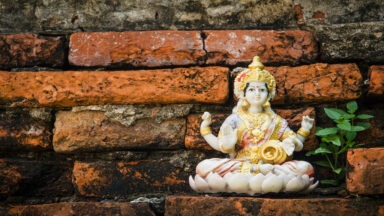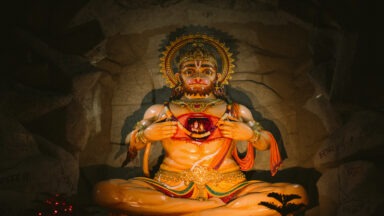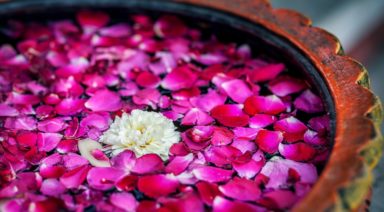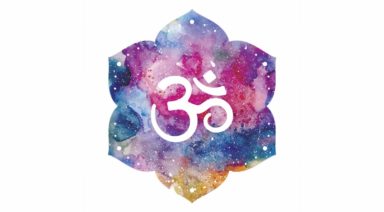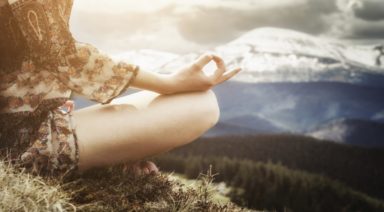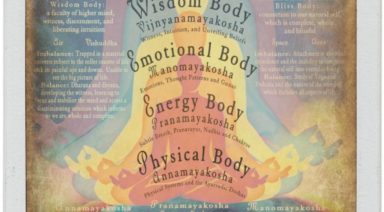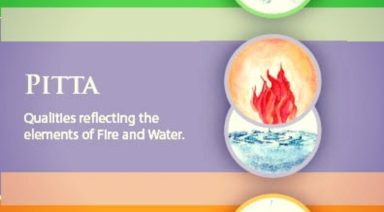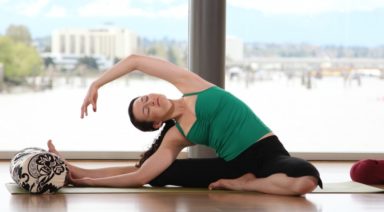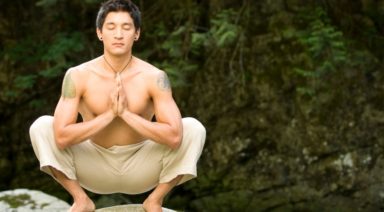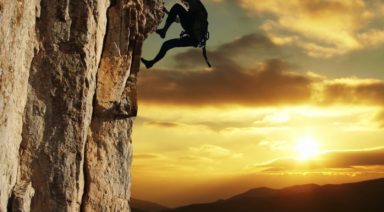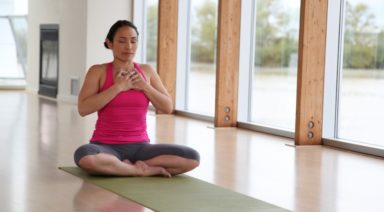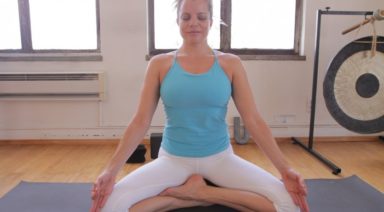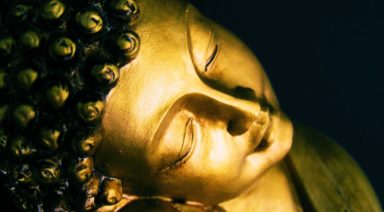Earth: Reclaim Your Connection to Gaia thru Ritual & Reverence

The natural environment is not only our home, but the foundation of our physical structure. Connection to nature has traditionally encompassed a physical relationship and rested on the assumption of spiritual connection. As the western world developed, belief of a spiritual connection with nature began to lose favor in lieu of a new mechanistic worldview. The scientific revolution, at the forefront of this change, contended that the natural world was something that could be quantifiably measured and dominated. However, as scientific understanding of the phenomenal world evolves, science itself may exemplify the value of ancient teachings. This article explores the history of our relationship with nature and how the natural world is in fact deeply connected to our body and being. It concludes with a ritual of the senses, designed to take you deep into the intelligence of nature and in so doing, deep into the wisdom of Self.
Of the Earth
We often search for magic, for esoteric gateways into deepened consciousness, yet, right here in this moment you are an expression of a profound intelligence. Take a moment to scan and feel into your body; notice your skin, your bones, and the heart that beats in your chest. Every aspect of your physical and molecular structure is born from the earth; the cosmic play of the universe itself. Our bodies are no less a part of this planet then the trees, the mountains, or any creature we find. Yet, to see ourselves as intimately woven into fabric of this planet eludes us and we often find ourselves feeling a deep sense of separation instead.
Our material connection to the earth is undeniable. Our bodies are made from the food we eat and will someday return to the earth to be transformed into nourishment for other forms of life. The molecular structure of all living creatures can be traced back to cosmic occurrences, such as the carbon that was created in the stars. What has been contended, in recent history, is our spiritual connection to this planet and the natural world. However, as our understanding of nature evolves, so too does the evidence of our vast interconnectedness.
What the Ancients Believed
In ancient times, there was a great sense of spiritual connection with the natural world. Animism, a belief that objects, places, and creatures all possess a distinct spiritual essence, was prevalent in these times, dating all the way back into the Palaeolithic era. This way of being was so fundamental to ancient cultures that it had no name, it simply was. Within the animistic framework ones actions were seen as having direct impact on the spirits of the natural environment. This created reverence for the natural world and all her creatures.
The notion of a great natural spirit or intelligence can also be found at the beginning of western civilization as we know it. In Plato’s “Timaeus” he spoke of the animus mundior “world’s soul;” a cosmic intelligence that supported the unfolding of reality. In Greek mythology, Gaia, or mother earth, was a great goddess. She was worshipped as the universal mother, gave birth to the first Gods and humans, and was the intelligence behind earth’s architecture of mountains, rivers, and trees.
Working in harmony with nature is still prevalent in many eastern and aboriginal practices today. Taoism, Hinduism, Buddhism, and aboriginal traditions believe nature is to be revered as a wise and great teacher. The Taoist, for example, believe that the only way to discover original source is to observe nature. It is through peak experiences in nature that the depth of our being meets the depth of universal source. Ancient animistic practices are also alive in many of these traditions. Balinese Hinduism offers several examples where practitioners pay reverence to the spirits of the land through their many temples and rituals. Animistic properties are also deeply embedded into the beliefs of Shamanism. Shamans regularly call upon the spirits of the earth and plants to support in spiritual healing and higher wisdom.
A Shift to Mechanistic Thinking: Separation from Animus Mundi
Unlike eastern traditions, the western world pulled away from the ancients ideas of animus mundi, animism, and harmonious communion with nature. As Christianity vaulted over Paganism many of the environmental beliefs and practices were lost. This shift in religious practice, along with the scientific revolution, had a huge impact on human’s relationship to the natural environment. Some even believe that this was the beginning of today’s environmental crises.
The scientific revolution of the 15th and 16th centuries shifted the western worldview from one of spiritual unification to a mechanistic philosophy. Philosopher Thomas Hobbes, at the forefront of mechanistic thinking, attempted to show that everything about humanity could be explained materialistically; with no connection to a soul of higher intelligence. Descartes, a well ascribed philosopher of the time, disagreed with Hobbes’ idea that the mind could be ascribed mechanistically and argued that reality was composed of two radically different types of substance; extended matter, which was mechanistic in nature, and immaterial mind, which was not mechanistic. He is famous for saying “I think therefore I am”. Intelligence came to be seen as a higher level of existence, separate from the mechanistic natural world and existing only in human beings and the detached theoretical God of deism. Isaac Newton’s scientific revelations further validated the mechanistic qualities of nature. He seemingly proved that the natural world could be described through quantification, reductionism, and systematic experimentation. However, the assumption that matter was inert, foundational to Newton’s work, would later be disproven.
Human’s relationship with nature was deeply altered by the mechanistic worldview. This new hierarchy, putting humans above nature, made the natural world something to be dominated. Utilitarian theories gained momentum and nature became a means to an ends; it’s value was only in it’s usability for future human advancement. The spiritual and material world were now seen as separate entities by the majority and thus, humanity found itself isolated from the natural world.
Integration: From Ancient Wisdom to Scientific Evolution
The scientific revolution catapulted our knowledge of the universe into new territory. The ideas of Descartes’ mind-body separation, mechanistic philosophy, and even the assumptions of “matter” have now been dismantled. Matter, broken down into quantum form is energy and space. In essence, there is no “matter” at all. Biology and psychology have shown that the body and mind are unequivocally linked; the body affects the mind and the mind affects the body. For example, thoughts impact neurotransmitters which in turn affect body function, feeling states, hormone secretion, and the stress response. The body also affects the mind, as demonstrated by social psychologist Amy Cuddy. She proved that the way we hold our bodies can significantly affect our capacity and confidence in the world.
As science progressed many scientists became inspired by ancient teachings. Today, we find that several scientific theories correlate with ancient spiritual beliefs. For example, Erin Schrödinger, the co-inventor of quantum theory, obtained his inspiration for his theory from the Vedas, ancient Indian texts. Quantum particles demonstrate a form of existence that was once thought impossible; attributes it shares with Brahman, the Vedic term for God. Quantum particles show up as both a particle and wave simultaneously and, as demonstrated in Bell’s theorem, will exhibit correlated properties even at distances of billions of miles. Brahman, as described by the Upanishads (Vedic texts), is both far and near; moving and unmoving; within this and outside of this. Many theorize that the Vedic concept of Brahman is exemplified in the Quantum field.
Earth Connection
It has also been scientifically proven that connecting with the natural environment has positive effects on the mental, physiological, and spiritual aspects of an individual. Communion with nature is equally effective for regulating body rhythms and physical vitality as is exercise and healthy eating. Mental health is positively impacted by the natural environment and “green spaces” have been shown to promote social cohesion, group-based activities, and increased individual well-being. Shinrin-yoku, or forest bathing, is a practice of connecting to the forest through all the senses. As one breathes the forest air they inhale terpenes, bioactive substances released by the plants and trees. These terpenes have anti-inflammatory, immune boosting, and cortisol lowering properties which support the vitality of the individual.
As we respond to the natural environment, so too does the environment respond to us. Science has shown that plants react to the sensorial world, from touch to sound. A recording of a caterpillar chewing leaves will cause the plant to shift into defence mode and produce chemical substances to deter the caterpillar from eating it’s leaves. Plants are also sensitive to the type of the touch they receive and can communicate with each other via a subterranean ‘internet’ of fungus. The plant world is in a sense ‘conscious’ to it’s environment, though this consciousness may present differently then our own.
The Gaia hypothesis, formulated by chemist James Lovelock, proposes that living organisms interact with the inorganic surroundings on Earth to create a synergistic, self regulating, and complex system that assists in the perpetuation of life on this planet. The Gaia hypothesis, though controversial, brings necessary attention to the synergistic and holistic properties of the planet. The planet itself works as a living organism with each system and subsystem connected through a complex array of relationships. From the oceanic algae that feeds the rainclouds to the earthworms regenerating the soil for new growth, the earth is endowed with an intelligence that inevitably restores balance and harmony, at least when it is left to its own unfolding.
Ritual: Convening with the Earth
The natural environment is deeply connected to humans and having a harmonious relationship with nature has huge benefits to our bodies, spirits, and minds. Below is a ritual to commune with the earth. This practice is based on our senses and opens our physiology to the medicine of the earth. Each aspect of the ritual may also be used independently to connect with the natural environment in your daily life.
Preparation
- Choose a safe outdoor location in which you will be able to walk or hike into a secluded spot within nature. If possible, choose a location rich with plant life and a thriving ecosystem.
- Pack water, snacks if needed, a towel for washing, and any necessary safety gear (i.e. bear spray, first aid kit, phone).
- Find a friend to join you on your journey. They will ensure a higher level of safety and provide an opportunity to observe another human as part fo the natural world.
To Begin
- At the beginning of your hike take a moment to set your intentions. You may choose to recite a prayer or invocation. “Mother Hear Us,” by Sundari Studios is an option for an invocation to the divine mother
- Become silent. Take a deep breath and imagine the energy and wisdom of the environment entering your entire system
- Begin your hike when you feel present to the environment
- Remain silent as you walk and open all of your senses to your surroundings; smell and taste the air, revel in the colours and shapes, listen to the sounds of the trees, and feel your skin penetrated by the natural world
- Take a comfortable seat when you have reached your destination within nature.
- Become aware of your breath, imagining that with each inhale and exhale you are becoming more and more linked to the natural world
- Soften your eyes, as though you are looking out from the backs of your eyes. Allow your gaze to organically follow the lines of the plants and the earth
- After centring for 15 or more minutes, begin to engage with the natural world around you
- Press your hands into the dirt, scan your fingers across the rocks, the soil, and the trees. Become attuned to each element as though it is touching you, and you are soaking it through your skin
- You may choose to take off your shoes and socks and rub the earth onto your skin and walk barefoot along the ground
- Witness the beauty and sensorial connection to the natural world
- Witness the beauty of your friend in this natural world, seeing them as much a part of the earth as the trees and the soil
- When you feel complete in your exploration, take a moment to give gratitude and blessings to the environment. Thank her for allowing you to explore
- Begin the walk back and remain in silent observation
- Notice how you feel over the coming days. Journal about your experiences to remind yourself of the impact the earth has on your well-being
Conclusion
The earth is the foundation of our existence, from our physiology, to the playground of our human experience. Science has come to prove just how connected we are to the natural environment, and ancient wisdom provides guidance on how we may reclaim our connection to Gaia. We now know, both scientifically and spiritually, that nature is a healing and deeply intelligent force. Our communion with nature not only serves our higher good, but, perhaps, also teaches us how we can establish synergistic and harmonious relationships with ourselves, each other, and the natural world.
Purifying Through Fire: Creating a Fire Ceremony
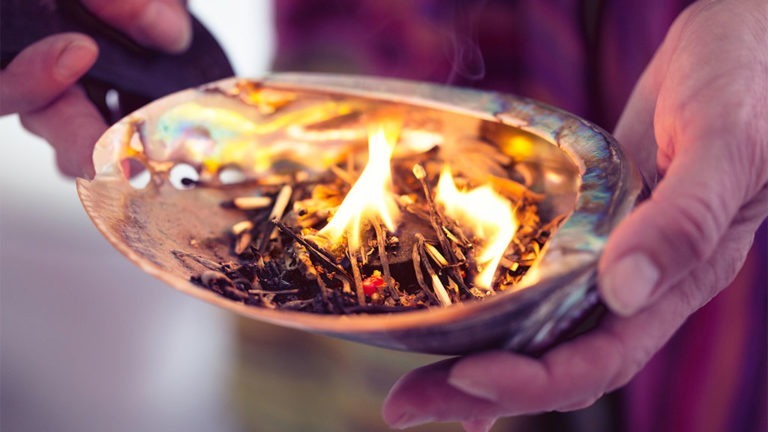
The ancient Vedic culture, from which yoga is derived, has a long-standing tradition of rituals designed to pay homage to and communicate with the divine. In a Puja ceremony, one makes simple offerings in gratitude for the blessings they have received and to return a piece of these gifts back to spirit. In a Yajna, the ritual is more extensive. Here Brahman or Vedic priests communicate with specific aspects of the divine through the messenger Agni, the fire God. Yajnas, as prescribed in the Vedas, follow a specific template which include intention, offerings, and specific mantras to be recited. The following article describes the basic tenants of Yajna and Puja to provide a template for practitioners to create their own fire ceremony of purification and transformation.
1. Begin in Fullness
A central tenant in yoga is the notion of “purnam” or wholeness. All that exists arises from wholeness and is in itself whole. It is essential in our communion with spirit to understand that we are not separate from and seeking union; instead we are unified and remembering.
Purnam exists throughout the entire life cycle; from the blessing of a newborn baby to the cremation grounds of Varanassi, the wholeness of life is acknowledged through its entirety. As an individual soul, or atman, we go through a journey of transformation as our life unravels to reveal new layers of understanding. Regardless of one’s disposition, place in life, failures or successes, each individual is of “purnam” and as such, divinely whole. The practice of purification serves to dissolve the illusion of separation and bring the aspirant back into their knowing of wholeness.
Application
As you prepare your body and mind for fire ceremony, do so from the intrinsic understanding that you are whole exactly as you are. Bring your whole self forward. Allow all parts of you, from the beautiful to unseemly, to open to the direction and guidance of spirit.

